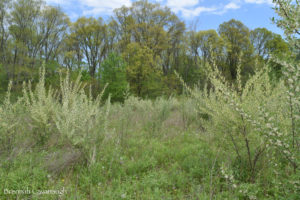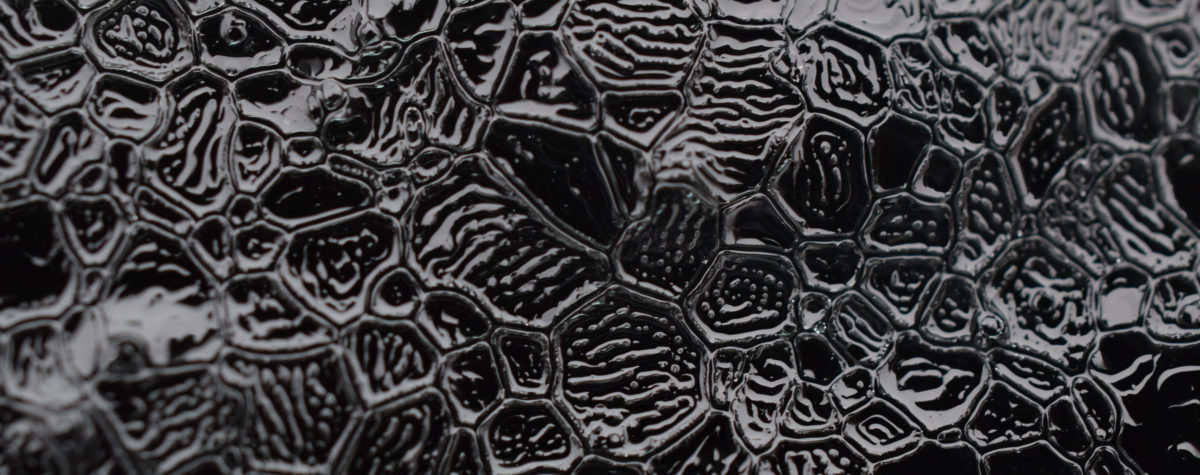The land that is the setting for most of my photos and activities, Crossing Hedgerows Farm, came to us in 2013 covered in about seven acres of woods, and thirteen acres of field. The field had been being conventionally farmed until we bought it, and was planted with a rotation of corn and soybeans. The canopy of the woods was (and still is) composed mainly of oak, maple, sycamore, and hickory. The maples are silver maples, which are also known as ‘swamp maples’, which is fitting, since we are in the Huron river watershed and much of the woods and field area is flooded in the spring. The maples dominate the wettest areas of the woods. There are also elms, muscle-woods, and spicebushes in the understory throughout all but the wettest areas. The spicebushes are probably the most numerous of the larger woody plants in the woods.

Once the field was released from being farmed, it promptly sprouted a thick covering of giant ragweed. This was undoubtedly due to the high amounts of herbicides still in the soil. Giant ragweed, one of the so called ‘superweeds’, has developed resistance to the herbicide used on the field and was one of the only plants that could survive at first. The first year, giant ragweed was about all that grew in that field. It was impressive, standing taller than an average adult. Over the next few years the plants growing in the field slowly changed from pure giant ragweed to a variety of common weeds, to a wildflower meadow, and now it is growing a number of woody plants like autumn olive, cottonwood, willow, and dogwood. The wildflowers are still there, among the shrubs and young trees. The giant ragweed, on the other hand, is almost completely gone, although it is still common in the neighboring fields that are still being farmed.

The woods have not changed much over the time we have been here, but pretty much everything else has, and will likely continue to change, as our farm ecosystem comes together and matures.
